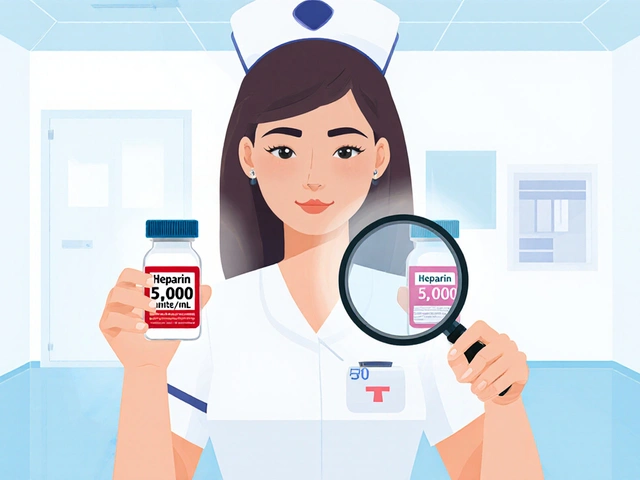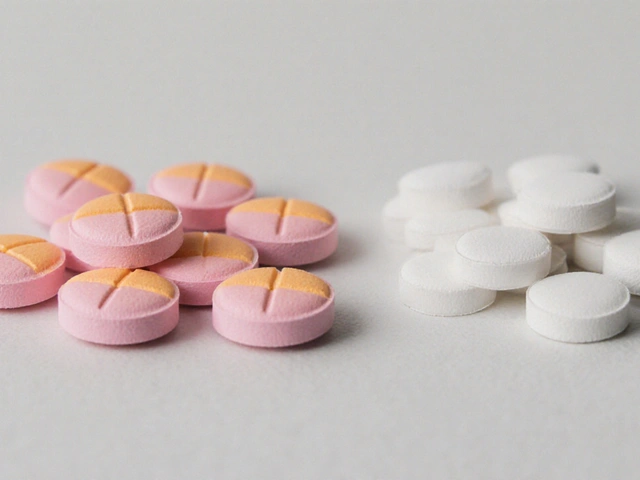Oncology Medication Expense: How to Manage Costs & Find Savings
Facing a cancer diagnosis is tough enough without worrying about the price tag on the medicines you need. In the United States, a single oncology drug can cost thousands of dollars a month, and that adds up fast. The good news is you don’t have to go it alone. Below are practical steps you can take right now to shrink that bill and keep your treatment on track.
Why Cancer Drugs Are So Expensive
First, understand where the cost comes from. New cancer therapies often involve years of research, clinical trials, and regulation, which manufacturers bundle into the final price. Patent protection means only the original maker can sell the drug for a set period, so cheaper generic versions aren’t available right away. Add in high manufacturing standards, special storage requirements, and insurance negotiations, and the price balloons.
Another factor is the way insurers handle specialty drugs. They may place the medication in a separate tier with higher co‑pays, or they might require prior authorization that delays treatment. This system can leave patients paying out‑of‑pocket before the insurance company even weighs in.
Tips to Lower Your Oncology Medication Bill
1. Check for patient assistance programs. Most big pharma companies run charity or discount programs for people who meet income criteria. A quick call to the drug’s manufacturer or a look at their website can reveal eligibility forms you can fill out.
2. Ask your doctor about alternative regimens. Sometimes a similar drug with a lower price works just as well. Oncologists are familiar with biosimilars—these are near‑identical copies of biologic drugs that cost less. Don’t be shy; ask if a biosimilar is an option for you.
3. Use pharmacy discount cards. Free cards from organizations like GoodRx or pharmacy‑specific programs can shave off a significant portion of the price, even before insurance applies.
4. Explore clinical trials. Many trials provide the investigational drug at no cost, plus you get close monitoring from specialists. Search ClinicalTrials.gov or ask your cancer center’s research department for openings that match your diagnosis.
5. Review your insurance coverage. Call your insurer’s customer service line and request a detailed breakdown of what they will pay for each medication. If the co‑pay is high, ask about a prior‑authorization appeal or a step‑therapy exception.
6. Consider a specialty pharmacy. Some pharmacies specialize in oncology meds and have built‑in price‑matching or rebate programs. They can also handle complex shipping and storage, saving you time and hassle.
7. Look into state or local assistance. Some states run programs that help cover high‑cost drugs for residents with low income. Your social worker or local health department can point you to the right resources.
Remember, every dollar saved on medication is a dollar you can use for other health needs—transportation to appointments, nutritious food, or even a little extra rest.
Dealing with oncology medication expense isn’t a one‑size‑fits‑all situation, but with the right questions and resources you can lower the burden. Keep a notebook of phone numbers, ask for written confirmation of any agreements, and stay proactive. Your health is worth the effort, and the financial side can be managed when you know where to look.
A deep dive into Alpelisib pricing, insurance impact, assistance programmes and real‑world out‑of‑pocket costs for breast cancer patients.



 Medications
Medications




